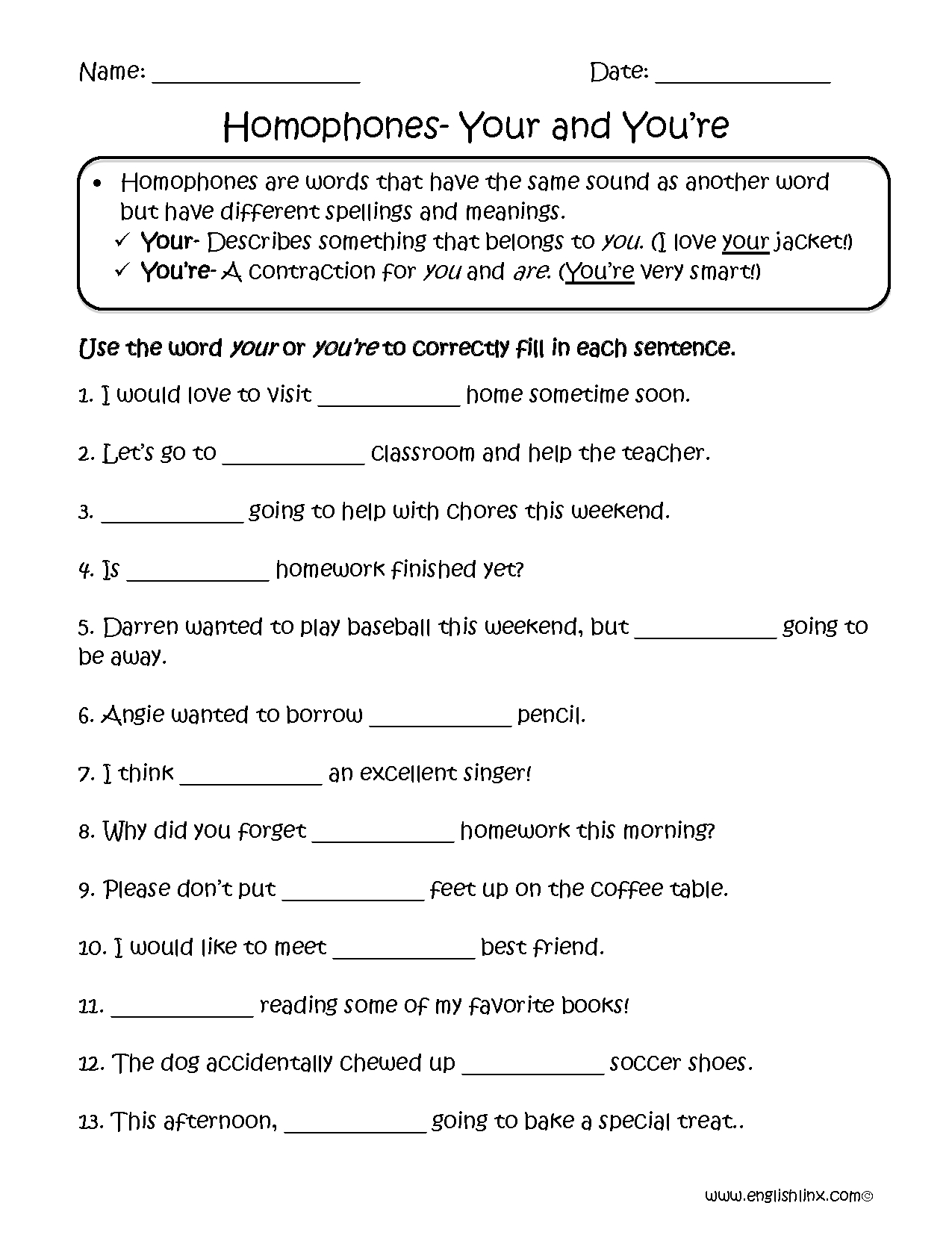Cranial Nerve Worksheet: Understand Brain's Communication Pathways

Embarking on a journey through the landscape of cranial nerves can be both fascinating and enlightening. These 12 pairs of nerves play a crucial role in connecting the brain with the rest of the body, facilitating essential sensory and motor functions that underpin our daily experiences. This blog post delves into the world of cranial nerves, offering an educational exploration that combines detailed descriptions, practical worksheets, and critical notes for comprehensive learning.
Understanding the Cranial Nerves

The cranial nerves originate directly from the brain, not the spinal cord, and are uniquely numbered using Roman numerals. Here's an overview:
- I. Olfactory Nerve: Governs our sense of smell.
- II. Optic Nerve: Transmits visual information from the eye to the brain.
- III. Oculomotor Nerve: Controls most eye movements, pupil constriction, and lid elevation.
- IV. Trochlear Nerve: Maneuvers the eye downward and inward.
- V. Trigeminal Nerve: Handles facial sensation and chewing movements.
- VI. Abducens Nerve: Directs the eye laterally.
- VII. Facial Nerve: Manages facial expressions, taste on the anterior two-thirds of the tongue, and secretion of tears and saliva.
- VIII. Vestibulocochlear Nerve: Coordinates hearing and balance.
- IX. Glossopharyngeal Nerve: Deals with taste and sensation on the posterior one-third of the tongue, and aids in swallowing.
- X. Vagus Nerve: A multifaceted nerve with roles in speech, swallowing, taste, and autonomic control of visceral organs.
- XI. Accessory Nerve: Controls head, neck, and shoulder movements.
- XII. Hypoglossal Nerve: Manages tongue movements for speech, swallowing, and eating.
💡 Note: Each cranial nerve has its own specific functions, and understanding these can illuminate a wide range of neurological diagnoses and treatments.
Cranial Nerve Worksheet


To enhance your understanding, let's engage in an interactive worksheet:
| Nerve Number | Name | Function | Exercise/Question |
|---|---|---|---|
| I | Olfactory | Smell | Can you name three smells that evoke strong memories for you? |
| II | Optic | Vision | Describe a simple visual test you could perform at home to assess the optic nerve function. |
| III, IV, VI | Oculomotor, Trochlear, Abducens | Eye movement | Can you list the eye movements each of these nerves controls? |
| V | Trigeminal | Facial sensation, chewing | What would be a symptom of Trigeminal neuralgia? |
| VII | Facial | Facial expression, taste, saliva | What might a patient experience if their facial nerve is damaged? |
| VIII | Vestibulocochlear | Hearing, balance | Describe a common test for balance and hearing. |
| IX, X | Glossopharyngeal, Vagus | Taste, swallowing, voice | Explain why a swallow test might be necessary. |
| XI | Accessory | Head, neck, shoulder movement | How would a person know if the accessory nerve is functioning normally? |
| XII | Hypoglossal | Tongue movement | Can you perform a tongue protrusion test at home? |

🔎 Note: This worksheet can be expanded into a detailed study guide or used as a practical assessment tool for understanding cranial nerve functionality.
Key Points for Cranial Nerve Assessment

When assessing cranial nerves, consider the following:
- Clinical Relevance: Knowing which cranial nerve is responsible for specific functions is key to diagnosing and treating neurological conditions.
- Order and Numbering: Cranial nerves are numbered using Roman numerals from I to XII, a system that helps in standardized medical communication.
- Sensory vs. Motor Functions: Some nerves are purely sensory, others are motor, while many are mixed, carrying both types of fibers.
Final Thoughts

In understanding cranial nerves, we've traversed the intricate pathways through which our brain communicates with our senses and muscles. This exploration has highlighted the complexities of cranial nerve function and their role in our day-to-day activities. By engaging with the provided worksheet, we've not only learned about these fascinating anatomical structures but also delved into their practical assessment. Remember, knowledge of these nerves isn't just for medical professionals; it's an invaluable tool for anyone interested in understanding the intricate workings of the human body.
Why are cranial nerves numbered with Roman numerals?

+
Roman numerals were traditionally used to distinguish cranial nerves from spinal nerves, which are numbered using Arabic numerals, thus avoiding confusion in medical nomenclature.
Can damage to one cranial nerve affect others?

+
Yes, while cranial nerves are anatomically distinct, their close proximity and the fact that some share pathways mean that damage to one can sometimes indirectly influence others.
What happens if the vagus nerve is damaged?

+
Damage to the vagus nerve can result in issues with swallowing, speaking, and regulating heart rate and digestion, as it affects multiple organs and body functions.


